Title 42: Trump-era border policy creates headache for Biden
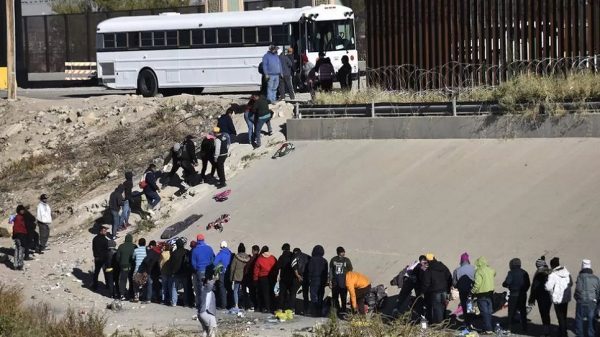
Shawdesh Desk:
A policy introduced by former President Donald Trump that has blocked thousands of people from crossing the US-Mexico border is set to expire, with attempted crossings expected to spike if it does.
The policy, known as Title 42, gives the government the power to automatically expel undocumented migrants seeking entry and was designed to stop the spread of Covid-19,
It is due to expire on 21 December, but this is subject to an ongoing legal battle as some Republican-led states have asked for the policy to remain in place beyond this date.
It creates a political headache for the Biden administration, which has come under withering criticism from its opponents over its handling of border issues.
Hundreds of thousands of people have been detained at the border in recent months, while more than two million migrants were detained at the border in the 2022 fiscal year that ended on 30 September. That’s a 24% jump from the year before.
The statistics show that the number of migrants from Venezuela, Nicaragua and Cuba rose dramatically over the last year, while the number from Mexico and Central America’s Northern Triangle of El Salvador, Guatemala and Honduras fell.
Why the recent spike?
The number of migrants arriving at the border rose dramatically after Mr Biden took office in late January 2021.
Experts point to a number of reasons for the increase, including environmental disasters and economic woes in El Salvador, Honduras and Guatemala. In other cases – such as Cuba, Nicaragua and Venezuela – economic problems have been compounded by political repression.
There are also large numbers of repeat crossings and lingering pandemic-related economic issues across Latin America, experts say.
“There’s a level of desperation we hadn’t quite seen before,” said Adam Isacson, a migration and border expert from the Washington Office on Latin America.
“And you’ve got people coming from countries that had not sent migrants in significant numbers before now becoming top senders of migrants, due largely to a lack of economic opportunities. Smugglers take advantage of that.”
Many of the migrants are now seeking asylum, a process which was severely restricted by the previous US administration of Donald Trump.
President Biden’s proposal to provide a path to citizenship for millions of undocumented Americans has also been blamed for spurring the record influx at the southern border.
Where are the migrants from?
Migrants from Mexico and the countries of Central America’s Northern Triangle – Guatemala, El Salvador and Honduras – continue to account for the bulk of the total, with Mexicans alone accounting for about 744,000 of the detentions in the 2022 fiscal year.
CBP figures, however, highlight shifting migration patterns.
In October, for example, nearly 70,000 people detained at the border were from Venezuela, Cuba or Nicaragua – a 149% increase over October 2021. The number of Mexicans, Salvadorans, Guatemalans and Hondurans, on the other hand, fell 12% from October 2021 to just under 61,000.
Collectively, Venezuela, Cuba or Nicaraguans accounted for about 494,000 of the migrant detentions in the 2022 fiscal year.
Ariel Ruiz, a policy expert with the Washington DC-based Migration Policy Institute, noted that the links between these countries also contribute to increases in each.
Cuba, for example, has lost much of the aid it received from Venezuela pre-pandemic – creating more economic difficulties there – while Nicaragua’s decision last year to eliminate visa requirements for Cubans means they now have a starting point to begin their journey from Central America to the US.
A lack of diplomatic relations between the US and these countries also means that the US cannot repatriate them home.
“We have a system of enforcement at the border that’s really meant to respond to Mexican migration,” Mr Ruiz said. “All these policy schemes have combined in some ways to provide an opportunity for migrants to head northward, at the same time as economic conditions and political repression worsen in these countries.”
Mr Biden, for his part, has said that sending migrants back to Cuba, Venezuela or Nicaragua is “not rational” and that he is working with Mexico and other countries to “stop the flow”.
In mid-October, US and Mexican officials agreed to a plan that would enable the US to expel Venezuelans while at the same time granting humanitarian access to them by air.
Venezuelan nationals who attempt to cross the border and are detained are ineligible for the legal pathway in the future. Since the plan was introduced, “encounters” with Venezuelan migrants fell from 1,100 to 300 per day.
A Trump policy remains
Since coming into office, Mr Biden has kept in place the Title 42 policy which allows officials to automatically expel undocumented migrants seeking entry, bypassing normal immigration laws and protections.
In November, a federal judge ruled that Title 42 was “arbitrary and capricious” and set a deadline of 21 December to stop the expulsions.
A group of more than a dozen Republican-led states are seeking to keep the policy in place. The Biden administration has appealed against the federal court’s ruling, arguing that it should maintain Title 42 until the legal dispute with the states is settled.
Some experts believe that Title 42 caused migrant figures to rise, as the policy does not prevent migrants from multiple crossing attempts.
In September, CBP said “the large number of expulsions during the pandemic has contributed to a higher-than-usual number of migrants making multiple border crossing attempts”.
Mr Isacson said that the policy leads to statistical “distortions”.
“Title 42 has made it easy for people to try over and over and over,” he said. “If they keep getting caught, there’s no real sanction.”
Statistically, Mexican citizens are likely to be repatriated back to Mexico, which also accepts migrants from Guatemala, Honduras and El Salvador.
Collectively, more than 962,000 citizens of these countries were sent back across the border using Title 42 in the 2022 fiscal year, compared to less than 10,000 from Nicaragua, Cuba and Venezuela.
A political headache for Biden
The rising migrant figures represent an ongoing political problem for the Biden administration, setting him on a collision course with Republican-led states.
Three Republican-run states – Texas, Arizona and Florida – have announced initiatives to move migrants to Democratic-led ones, sometimes leaving them at high-profile locations such as wealthy Martha’s Vineyard in Massachusetts or near Vice-President Kamala Harris’ residence in Washington DC.
Officials in these states have argued that the tactic is aimed at mitigating the impact of migration flows in local communities. Florida Governor Ron DeSantis, for example – who in September flew a group of migrants to Massachusetts – said that “the minute even a small fraction of what those border towns deal with every day is brought to their front door, they [Democrats] all of a sudden go berserk”.
The battle over immigration has also found its way back to Capitol Hill.
In early December, House Republicans introduced legislation that would expand the Department of Homeland Security’s power to swiftly remove detainees without a hearing if they’ve been in the country less than two years.
Under current regulations, the process is limited to migrants detained within 100 miles (160km) of the border or those who have been in the US less than 14 days.
“President Biden’s failed policies are crushing our southern border,” Tennessee congressman Mark Green said in a statement.
“This legislation is a huge step forward in ensuring those who illegally enter our country cannot circumvent the law and are swiftly removed.”




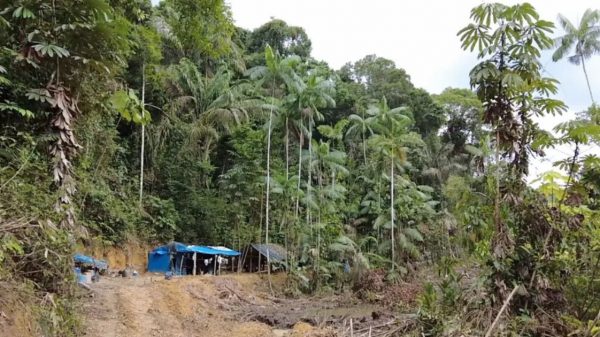



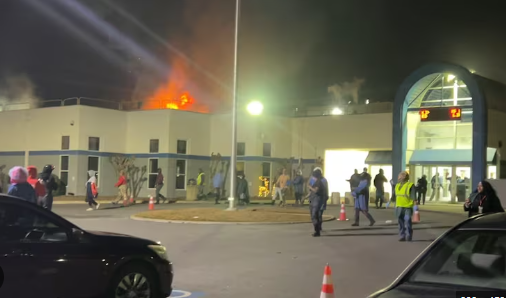


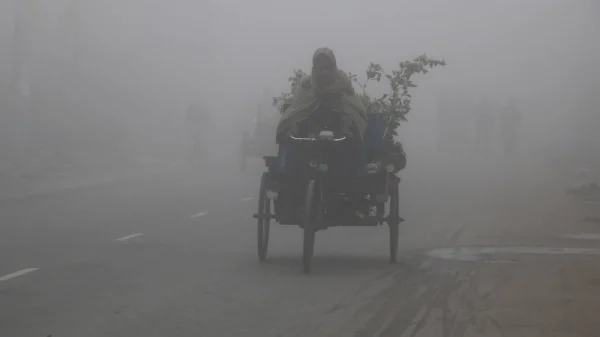


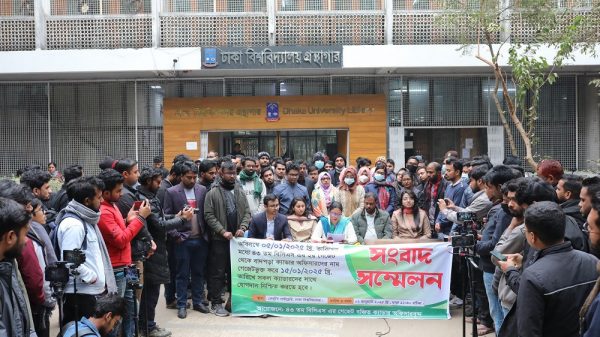





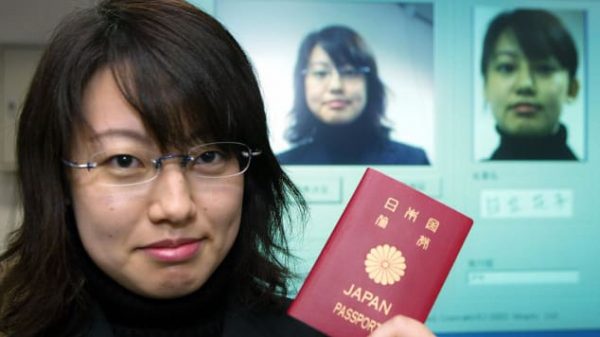


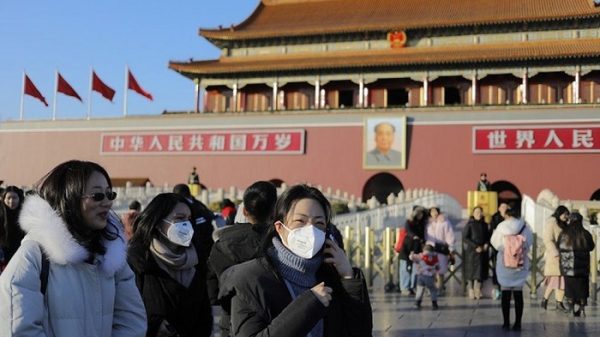





Leave a Reply